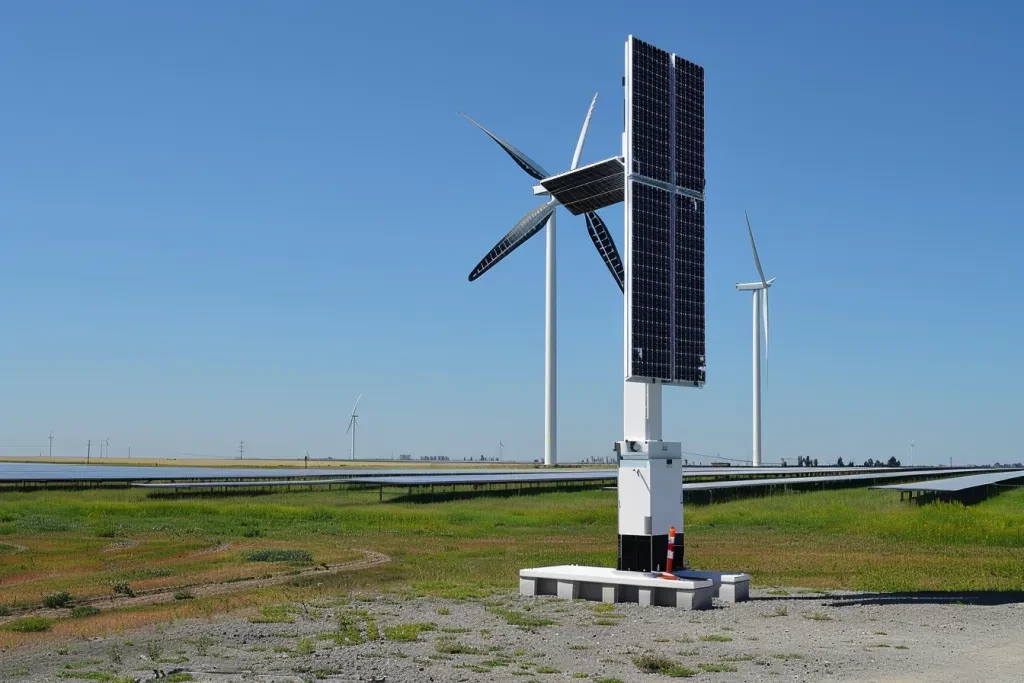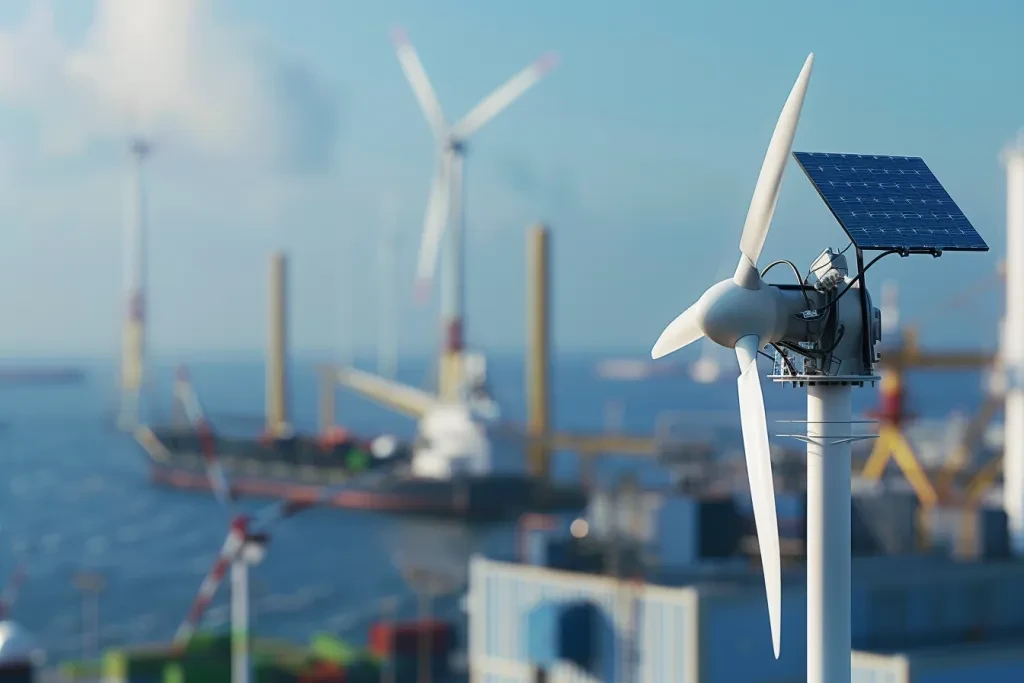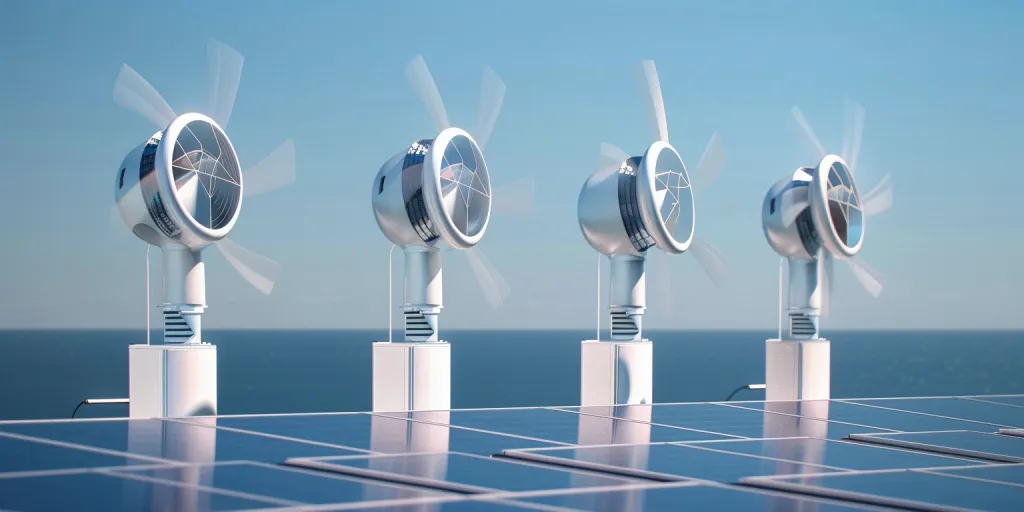In the quest for sustainable energy solutions, small wind turbines emerge as a beacon of hope for both rural and urban settings. With the world gradually shifting towards renewable energy sources, understanding the intricacies of these compact power generators becomes crucial. This article delves into the essential aspects of small wind turbines, unpacking their benefits, installation processes, cost implications, maintenance requirements, and environmental impact. By breaking down complex concepts into digestible explanations, we aim to empower you with the knowledge to explore new energy alternatives.
Table of Contents:
1. Benefits of small wind turbines
2. Installation process and considerations
3. Understanding the costs
4. Maintenance and longevity
5. Environmental impact and sustainability
Benefits of small wind turbines

Small wind turbines stand out for their ability to convert the kinetic energy from wind into electrical power, offering a renewable and clean source of energy. Unlike their larger counterparts, these turbines are suited for residential properties, small businesses, and remote areas, providing a level of energy independence. The adaptability of small wind turbines allows for installation in a variety of settings, including urban environments where space is at a premium. Moreover, they can be a complement to other renewable energy sources, such as solar panels, creating a more robust and reliable energy system.
The financial incentives for adopting small wind turbines are also noteworthy. Many regions offer tax credits, rebates, and other incentives to reduce the initial investment cost. Over time, the energy produced can significantly lower electricity bills, making it an economically viable option for many. Additionally, the growing concern over carbon footprints has prompted individuals and businesses to seek out greener alternatives, with small wind turbines presenting a practical solution.
Another advantage lies in the educational opportunities these turbines provide. Schools and communities can use them as tools to teach about renewable energy, sustainability, and the science behind wind power. This educational aspect fosters a deeper understanding and appreciation for sustainable practices, encouraging future generations to continue exploring renewable energy options.
Installation process and considerations

Embarking on the installation of a small wind turbine involves several critical steps and considerations. Initially, assessing the wind resource of your location is paramount. Wind speed and consistency vary greatly by region and even by specific sites within a region. Utilizing tools and data from local weather services can aid in determining if your location is suitable for a wind turbine.
Permitting is another crucial aspect, as regulations regarding wind turbine installations can differ widely depending on local ordinances and zoning laws. Engaging with local authorities early in the planning process can help navigate these legal requirements, ensuring compliance and avoiding potential setbacks.
The choice of a suitable site for the turbine also plays a vital role in its efficiency. Ideally, the turbine should be placed in an area with minimal obstructions, such as buildings or trees, which can interfere with wind flow. Professional site assessments can provide valuable insights into the optimal placement, taking into account factors such as elevation, land topography, and nearby obstacles.
Understanding the costs

Cost considerations for small wind turbines encompass not only the initial purchase and installation but also ongoing expenses such as maintenance and potential repairs. The upfront cost varies significantly based on the turbine’s capacity, the complexity of the installation, and additional equipment required, such as inverters and battery storage systems.
Financing options are available to mitigate the initial financial burden. Grants, loans, and incentive programs can provide substantial support, making renewable energy projects more accessible to a broader audience. It’s essential to research and apply for these financial aids early in the planning process.
While the upfront costs may seem daunting, the long-term savings on electricity bills and the potential to sell excess power back to the grid can offset the initial investment. The economic feasibility of a small wind turbine project greatly depends on the specific circumstances, including local utility rates, wind resources, and available incentives.
Maintenance and longevity

Maintaining a small wind turbine is crucial for ensuring its longevity and efficiency. Routine inspections can identify and address wear and tear before it leads to significant issues. Common maintenance tasks include checking and tightening bolts and electrical connections, lubricating moving parts, and inspecting the integrity of the blades.
The lifespan of a small wind turbine typically ranges from 20 to 25 years, depending on the quality of the turbine, installation, and maintenance practices. Investing in quality components and professional installation can enhance durability, reducing the likelihood of costly repairs or replacements.
Educating yourself on basic troubleshooting and maintenance can also extend the life of your turbine. Many manufacturers and installers offer training sessions or detailed manuals, empowering owners to take an active role in the upkeep of their renewable energy systems.
Environmental impact and sustainability

Small wind turbines offer a sustainable alternative to fossil fuels, significantly reducing greenhouse gas emissions and contributing to the fight against climate change. By generating clean, renewable energy, these turbines help decrease reliance on coal and natural gas, mitigating the environmental impact associated with traditional energy production.
The visual and noise impact of small wind turbines is minimal, especially when compared to larger wind farms. This makes them more acceptable in residential and community settings, where preserving the natural landscape and tranquility is essential.
Promoting the adoption of small wind turbines also supports the broader goal of diversifying the energy mix. By integrating various renewable energy sources, communities can build more resilient and sustainable energy systems, capable of withstanding the challenges posed by climate change and resource scarcity.
Conclusion
Small wind turbines represent a viable and sustainable option for those looking to harness renewable energy. While the journey from consideration to installation involves thorough planning, understanding the benefits, costs, and maintenance requirements can guide informed decisions. Embracing small wind turbines not only contributes to environmental sustainability but also offers economic advantages and energy independence. As we continue to explore renewable energy alternatives, small wind turbines stand as a testament to our collective effort in building a greener future.




